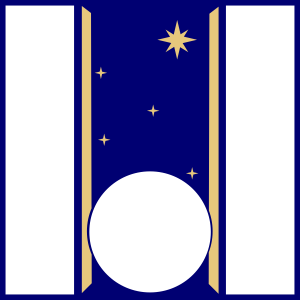The TNG observations of asteroid 2024 YR4, currently on the top of ESA/NASA impact risk list
Asteroid 2024 YR4 is currently on the top of ESA NEOCC risk list. Discovered on 27 December 2024 by the ATLAS survey in Chile, it has increased its chances of an impact on Earth in 2032, to the point where it has currently reached a 2.4% impact probability, and a level 3 on the Torino impact scale. Though it still has a very small chance of impacting Earth on 22 December 2032, the situation is currently monitored by several observatories around the world. Further observations indeed can remove YR4 from the risk list, and assess its physical properties.
NEOPOPS (NEO Physical Observations and Properties Simulation) is an ESA project funded by the European Union aimed to contribute significantly to the physical characterization of the Near-Earth Objects (NEO) through increasing the networking of the Member States' assets in terms of observations and modelling. In the framework of a pilot program (AOT50_31) at TNG to support the NEOPOPS project, on 8 January 2025 a Director's Discretionary Time (DDT) proposal was submitted to characterize the NEO. DDT request was successful, and observations were scheduled for the night of 10 January 2025.

A series of 4 images of 2024 YR4 obtained with TNG-DOLORES on the night of 10 January 2025 (I filter).
Observations of asteroid 2024 YR4 were carried out successfully in B, V, R and I filters with DOLORES at the TNG. However, due to the intrinsic faintness of the target (Vmag=20.5) and poor weather conditions, signal to noise (S/N) was not optimal for photometry reduction. Nonetheless, a preliminary spectrophotometry was obtained. Analysis is still ongoing, but the asteroid seems more in agreement with a silicate composition (S-complex asteroid), or an olivine-rich composition (A-type asteroid). The identification of a proper taxonomy, which in turns can give some hint on the surface composition, is also crucial due to the uncertainty at the moment on the actual size of the target (40-90 m).
TNG observations were also crucial to obtain exquisite astrometry, which hopefully will help to remove this object from the risk list in the next weeks. There is a small chance that asteroid 2024 YR4 will fade from view before we are able to entirely rule out any chance of impact in 2032. In this case, the asteroid will likely remain on ESA's risk list until it becomes observable again in 2028.


